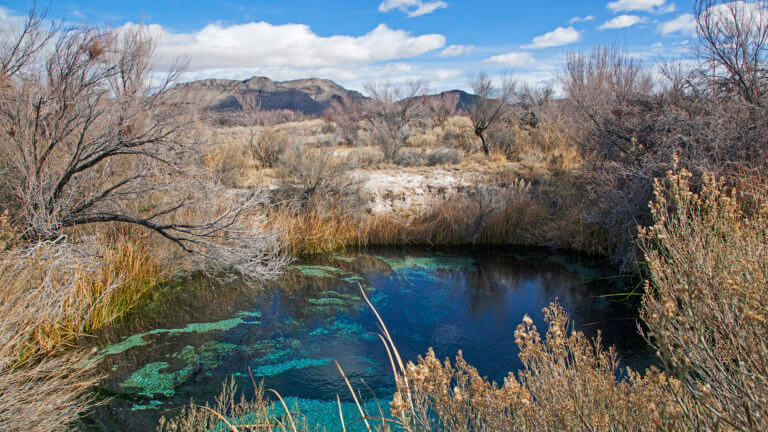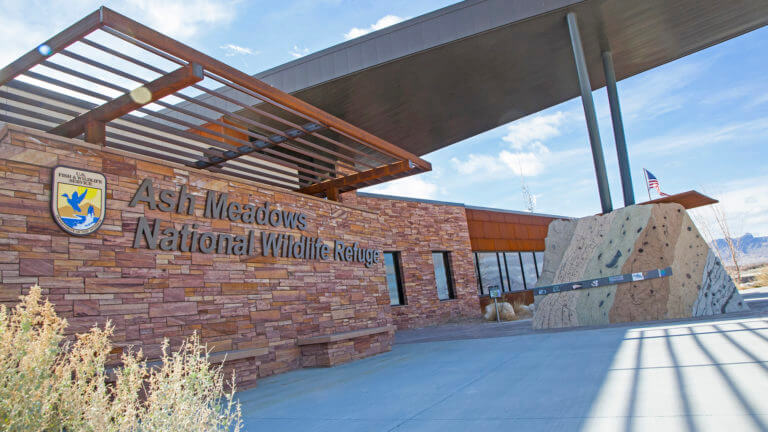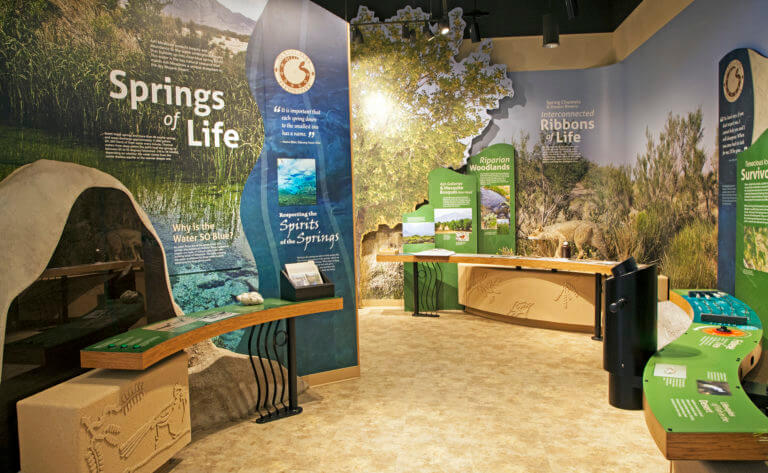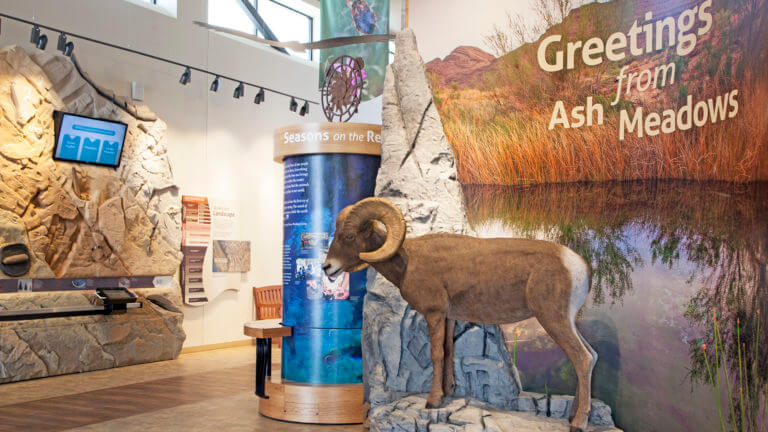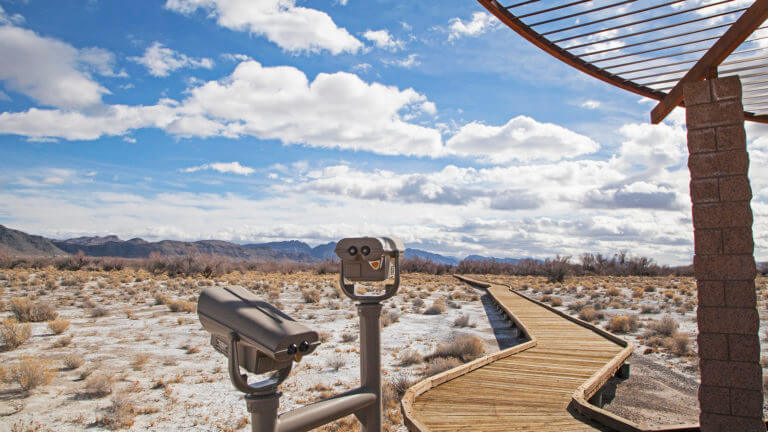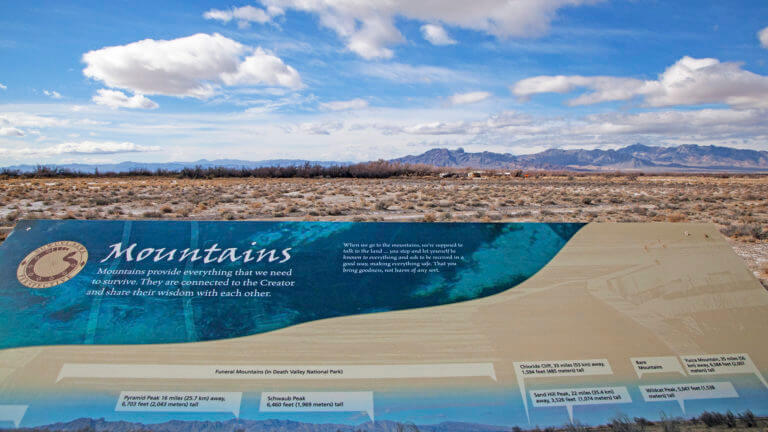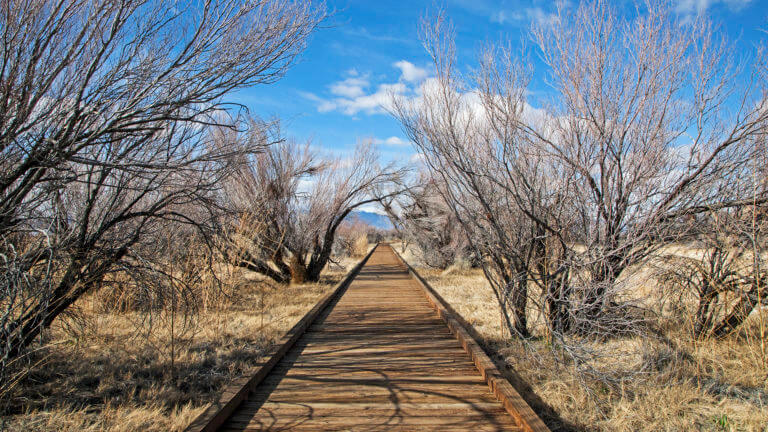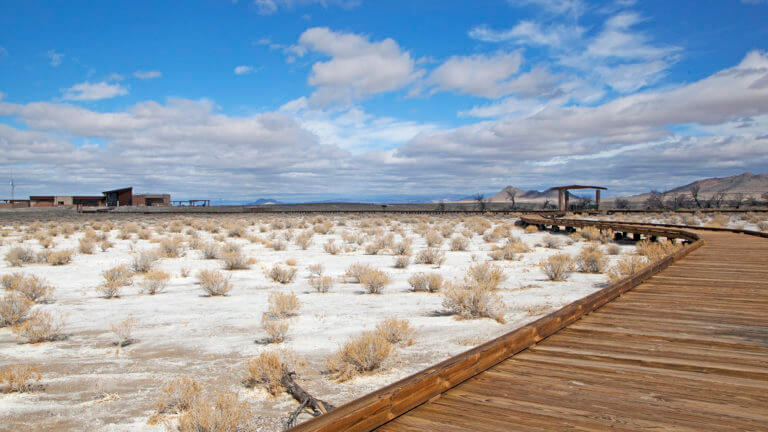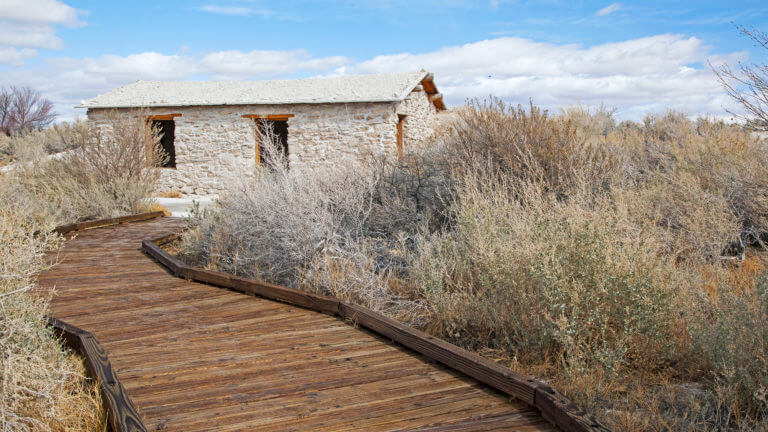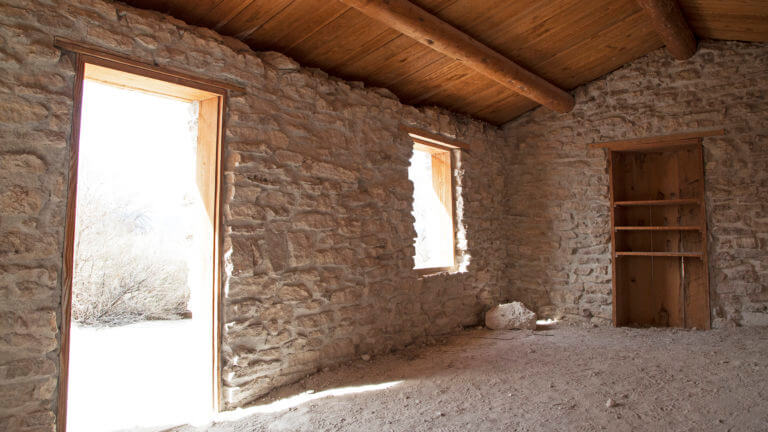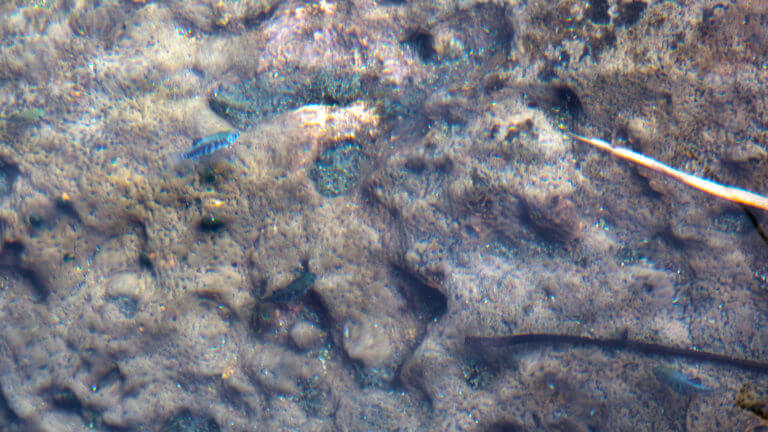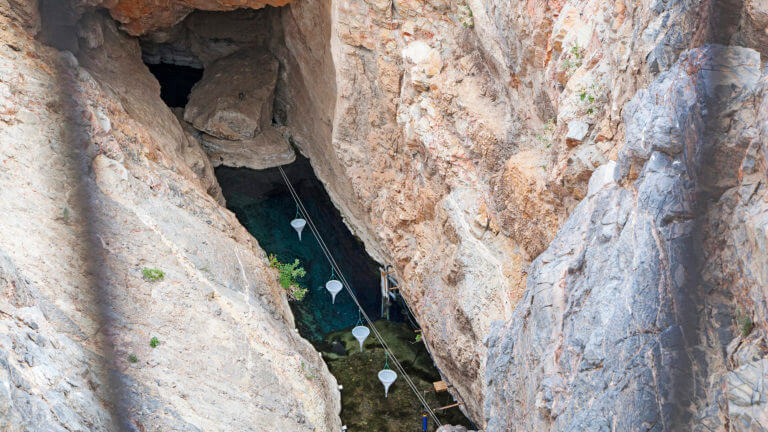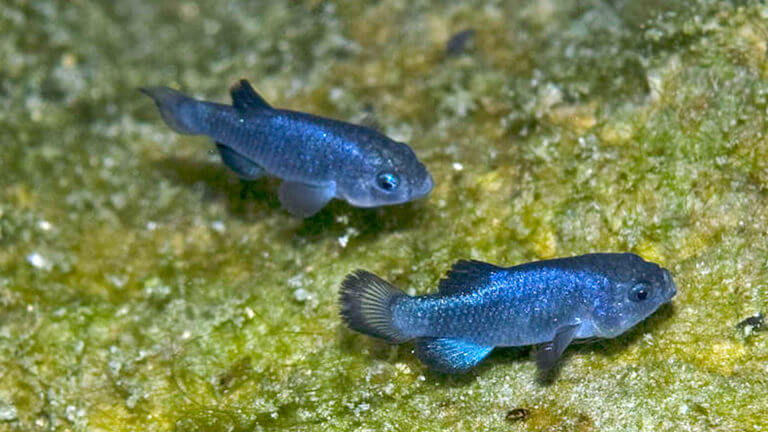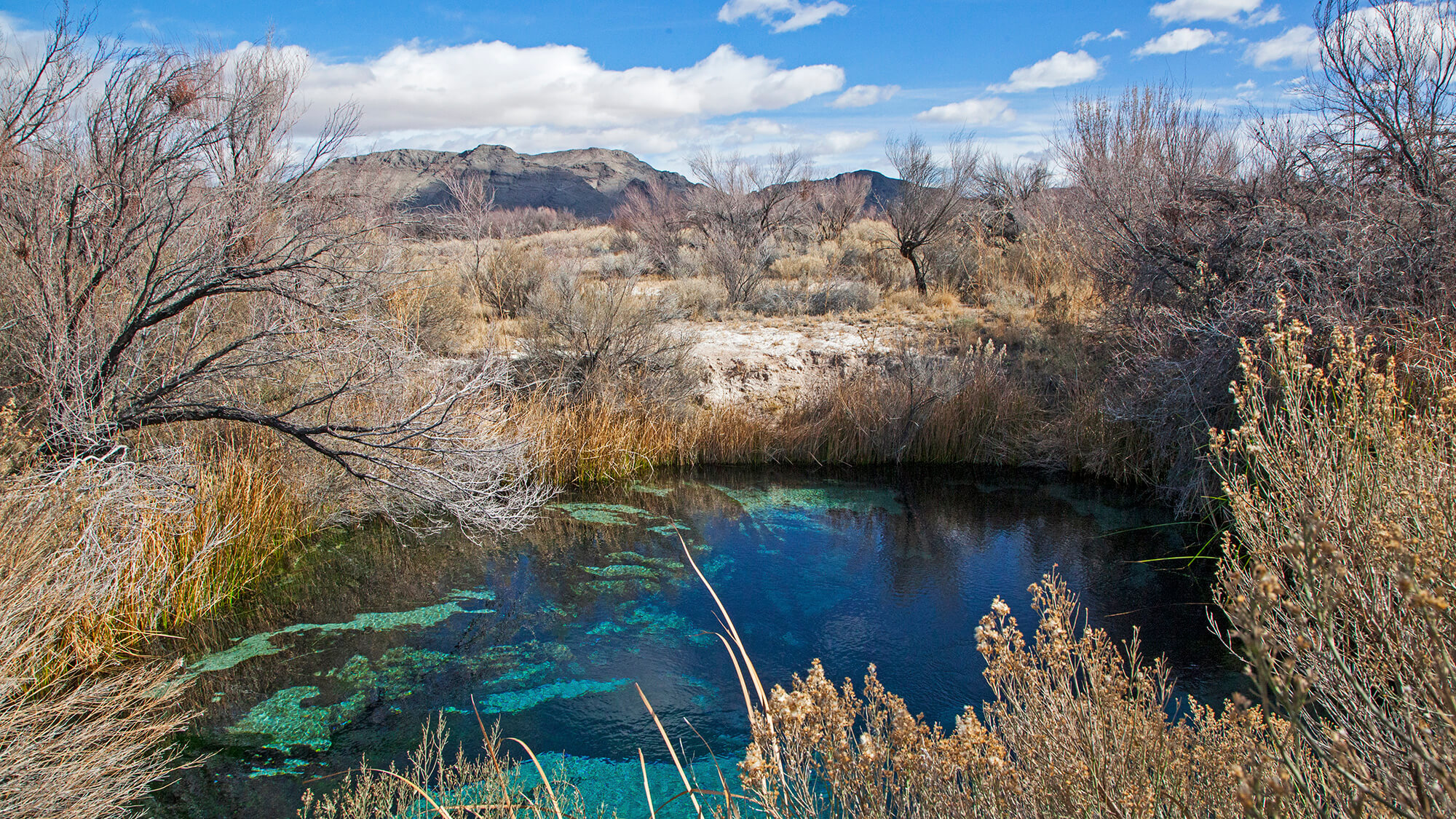
Ash Meadows National Wildlife Refuge
Ready to get to know Nevada’s completely crowdless piece of spectacular Death Valley National Park ecosystem? Situated about 90 miles northwest of Las Vegas, near Pahrump and framed by Amargosa Valley’s low-desert peaks and valleys, this National Wildlife Refuge stuns, thanks to its pristine, ancient landscapes and the mysteries that lie within. Discover meandering boardwalks among Caribbean-esque blue pools, legendary Wild West history, and a whole gamut of plants and animals found nowhere else on earth.
Like a mirage rising out of Nevada’s spectacular low desert landscapes, discover can’t-believe-it’s-real crystal clear pools, and other spectacular habitats that provide an against-all-odds refuge for some of Nevada’s rarest creatures.
Ash Meadows History
Like most other locations with water in this region, Ash Meadows’ very first inhabitants were Southern Paiute and Timbisha Shoshone American Indians. In an otherwise very dry climate, the natural spring-fed pools of Amargosa Valley were a life-giving resource and played a vital role in the very act of survival. The water arriving at Ash Meadows is sometimes called “fossil water” because it is believed to have entered the groundwater system thousands of years ago, and is still flowing beneath the surface as part of a massive underground waterway. Not only could the first inhabitants of Ash Meadows use the springs and surrounding marshes as a food and water source, but they could survive off other big game animals drawn to the oasis, too.
Meet Jack Longstreet
Ready to meet a Legendary Nevadan? By the mid to late 1800s, it was not uncommon for pioneers to be making their way through the area en route to the legendary goldfields of California. Springs like those found at Spring Mountain Ranch State Park and Ash Meadows National Wildlife Refuge were a last stop for water, both for people and their animals, before the arduous journey across remote, rugged, and all-around extreme Death Valley. One particular desert renegade did extend his stay at Ash Meadows longer than most—the legendary Jack Longstreet.
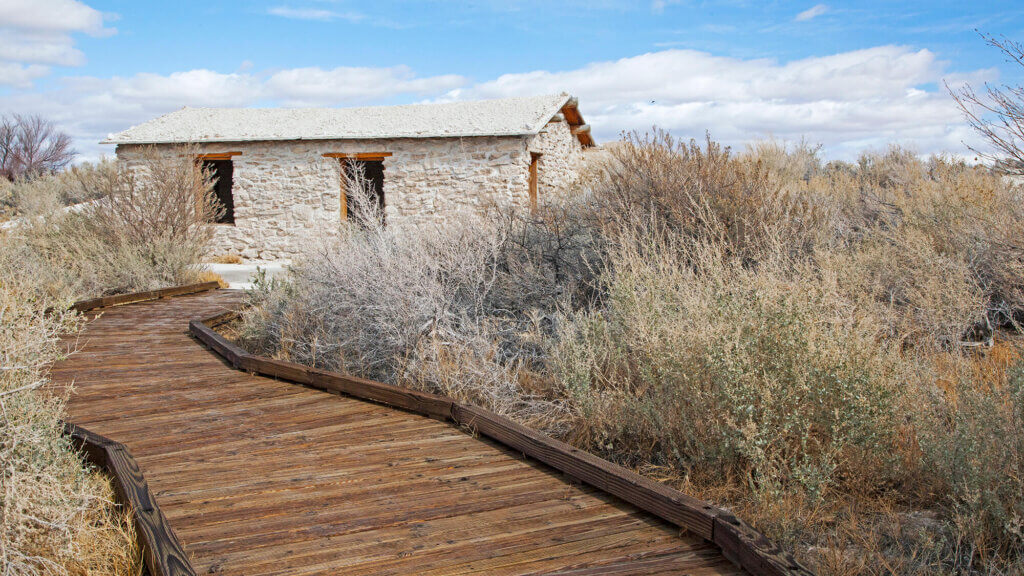
He was such a man of extreme secrecy and all-out mystery that many suspect that he lived under the false identity of Jack Longstreet after a series of nefarious incidents throughout the West. He bounced from town to town, making ends meet as a prospector, rancher, saloonkeeper, trailblazer, and even hired a gun. He was feared by many, but succeeded so well in the region because of his companionship with the American Indian tribes throughout the area. Longstreet lived in Ash Meadows for several years, hiding and living in a cabin he built near a spring that now bears his name. Visit the historic cabin site during your trip to Ash Meadows, and make sure you stop by (or overnight it!) at the nearby casino motel—also named in his honor—that continues to keep this Legendary Nevadan’s legacy alive.
Travel Nevada Pro Tip
U.S. Fish And Wildlife Service & Becoming A Refuge
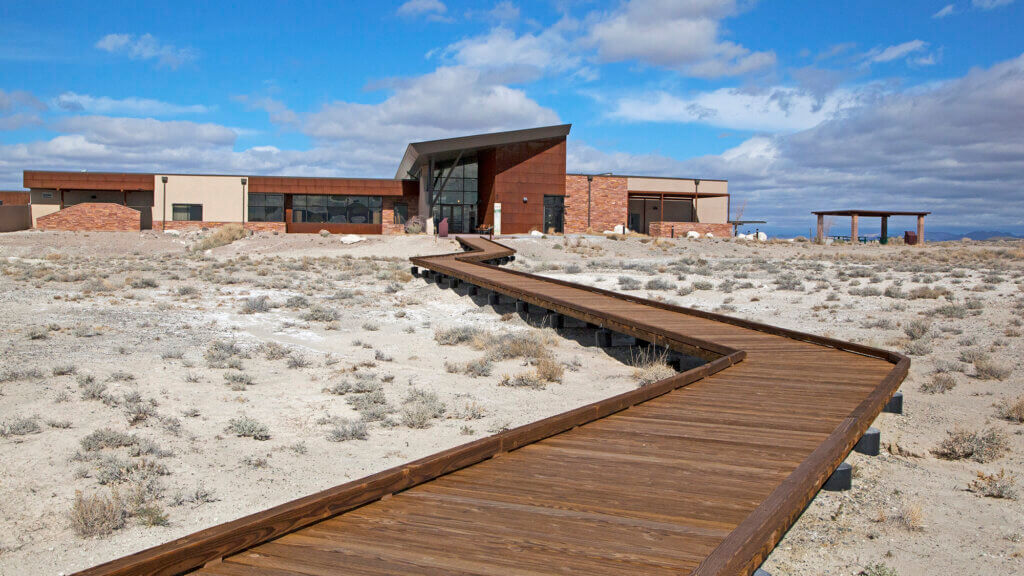
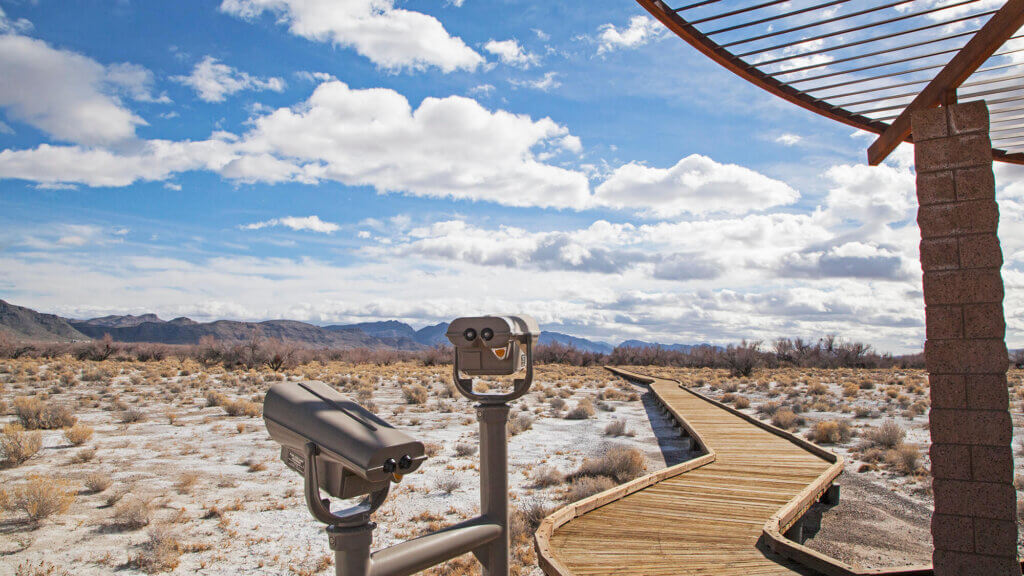
Ash Meadows National Wildlife is home to 26 plants and animal species that are found nowhere else in the world. Crystal Spring, which is known to gush a whopping 2,800 gallons of water per minute, is a key factor in wildlife at the refuge. In 1952, the fascinating desert pupfish was discovered within Ash Meadows—several different species in many different pools—and is the only place on earth where the Devils Hole desert pupfish lives. Found within the submerged labyrinth-style cave system at Devils Hole, President Truman declared the Devils Hole desert pupfish as the first ever species to be listed as endangered. Its extremely sensitive habitat is protected with limited access, but visitors can still catch a glimpse from a fenced-off tunnel within 50 feet of Devils Hole. The species and its habitat were officially protected in the 1950s, propelling it toward National Wildlife Refuge status by 1984.
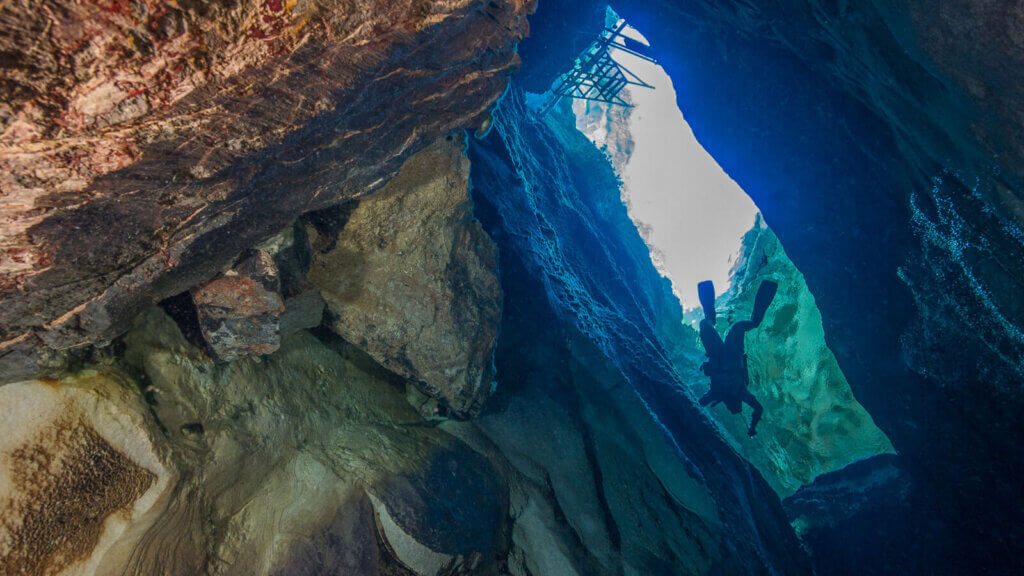
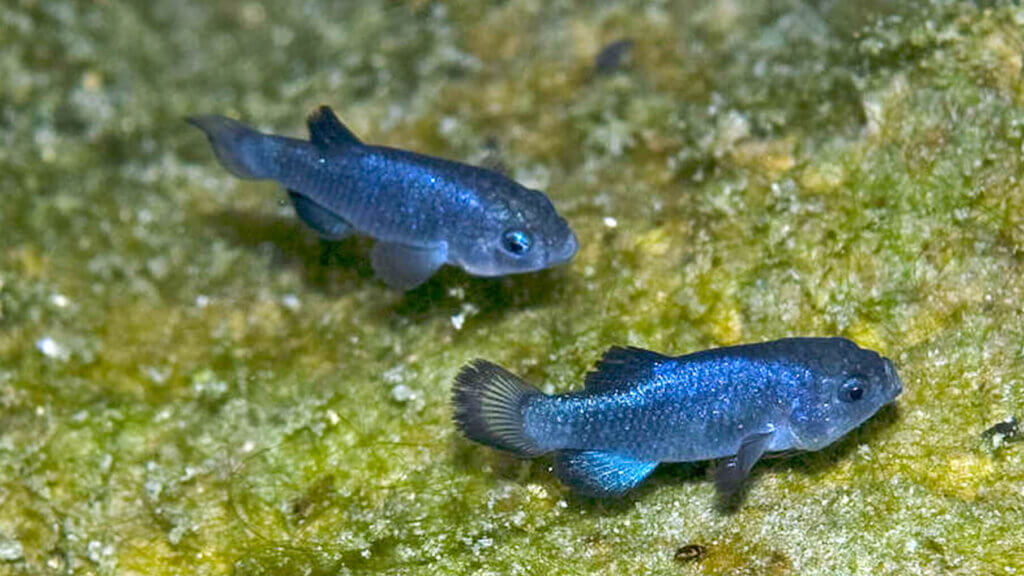
Getting There and Info to Know Before You Go
Situated in Amargosa Valley, Ash Meadows National Wildlife Refuge is located in southwestern Nevada, not far from a handful of cities and towns. From Las Vegas, the NWR is a 90-mile drive and is only 48 miles from Death Valley National Park’s Furnace Creek Visitor Center. The refuge is 40 miles from Beatty and Shoshone, California, and 55 miles from Tecopa, California. Spring and fall are ideal times to visit Ash Meadows as milder temperatures are far more comfortable and wildlife is typically out and about (think bighorns, jackrabbits, and beyond).
During the summer months when it’s much hotter (temperatures here are known to exceed 110 degrees), wildlife tends to hunker down and find their own shade, only making appearances during the evening hours. As a colorful bonus, spring and fall offer chances at seeing spectacular wildflower blooms or fall foliage.
Hours:
The refuge is open from sunrise to sunset, seven days a week. The visitor center is open 8:30 AM to 4:00 PM daily but is closed or has limited hours on New Years Day, Thanksgiving, and Christmas. For more information on planning your trip to Ash Meadows National Wildlife Refuge, get in touch with the visitors center directly at(775) 372-5435.
Admission:
Despite being part of the Death Valley National Park Complex, there are no fees or admission required to visit Ash Meadows National Wildlife Refuge
This Location:
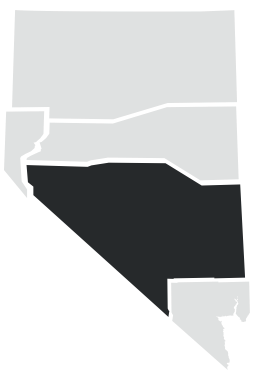
City
Amargosa ValleyRegion
Central
